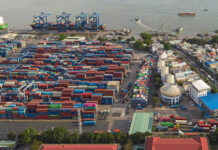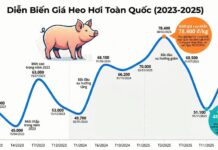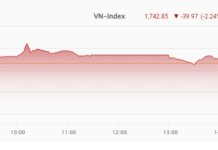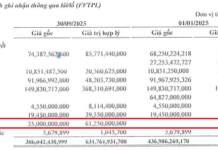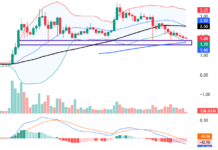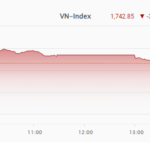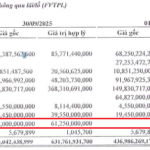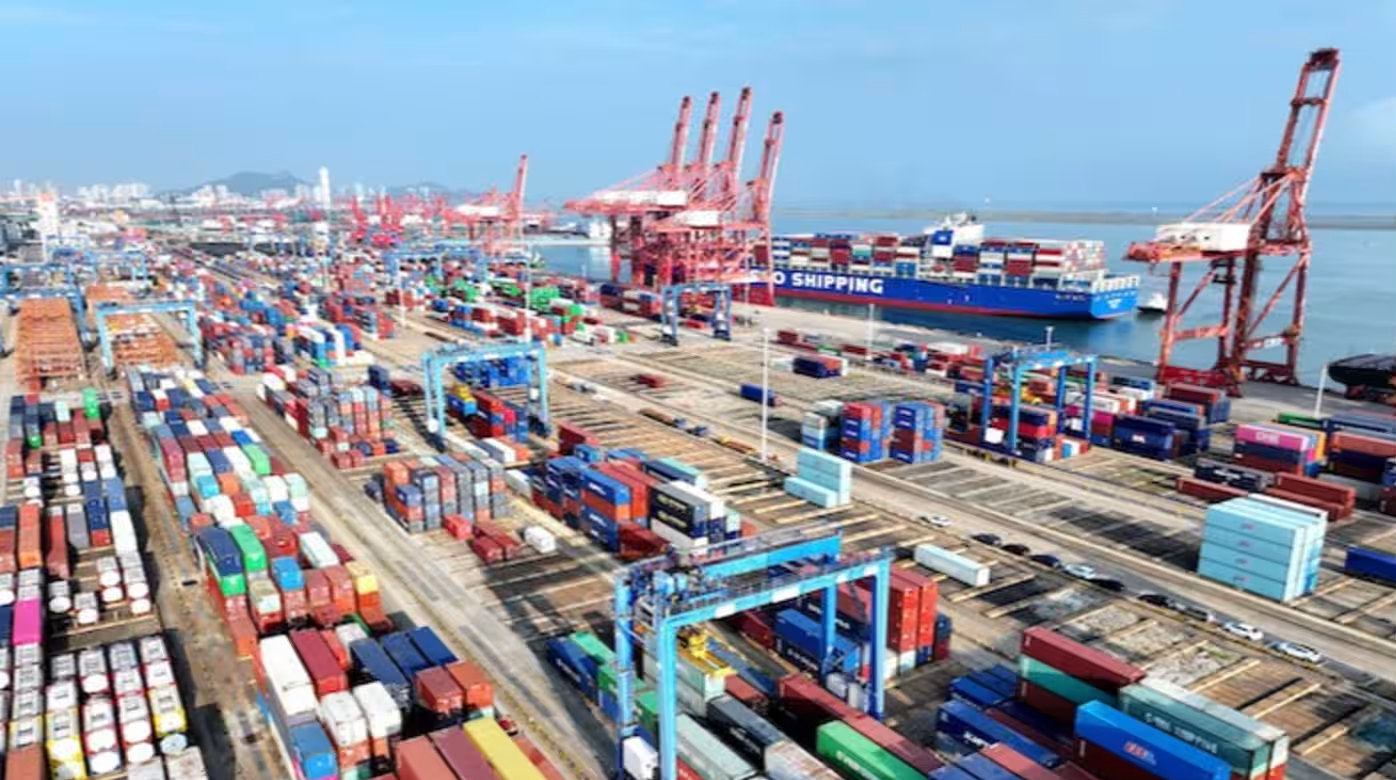According to a recent survey by Hanoi authorities, the price of construction sand in early 2025 was only VND 188,000 – 207,000 per cubic meter. By June, it had risen to VND 286,000 – 345,000 per cubic meter, and by early August, it had surpassed VND 450,000 per cubic meter. Simultaneously, the prices of cement, steel, and other materials have also increased by approximately 20% compared to the beginning of the year.
Bid Prices vs. Actual Purchase Prices
Construction companies report that the material prices listed in bid documents and contracts are significantly lower than actual market prices, particularly for sand, stone, and foundation soil. With material costs accounting for 40-60% of project expenses, the inability to adjust prices has left many contractors facing heavy losses or forced to halt construction.
Additionally, the prices published by the Hanoi Department of Construction, used for cost estimation, are often outdated and fail to reflect current market conditions. The scarcity of material supplies further exacerbates the situation.
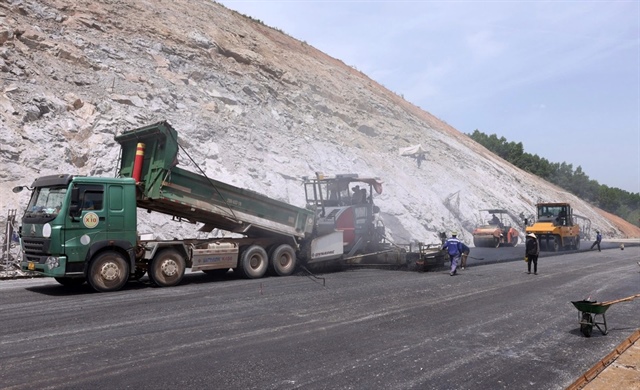 |
The Hanoi People’s Committee notes that there are virtually no local material mines left; sand and construction materials must be sourced from Hoa Binh and Phu Tho provinces. The only soil mine in Son Tay is prioritized for the Ring Road 4 project.
City authorities acknowledge that contractors often pay significantly higher prices for materials than the VAT invoices issued by suppliers. Some material companies underreport prices to reduce taxes, while regulatory bodies cannot verify invoice data due to confidentiality regulations.
The city attributes the primary cause to the imbalance between supply and demand, coupled with outdated legal frameworks. There are currently no detailed guidelines for surveying, collecting data, and determining material prices that accurately reflect market realities. Price announcements primarily rely on supplier quotes, lacking independent verification mechanisms.
Furthermore, lax planning and inspection of material mines have led to significant price variations for the same materials. Many projects face delays due to land acquisition issues, causing material costs to soar. Meanwhile, fixed-price contracts or lump-sum agreements cannot be adjusted, even when objective factors arise.
Shifting from “Price Announcement” to “Market Price Update”
To address these challenges, the Hanoi People’s Committee has proposed several solutions to the Prime Minister, the Ministry of Construction, and the Ministry of Finance. These include developing a comprehensive plan for material mines in the capital region and allowing adjustments to fixed-price and lump-sum contracts when objective factors, such as land acquisition delays, occur.
|
In a review of the amended Construction Law draft last week, the Committee on Science, Technology, and Environment suggested replacing the “price announcement” mechanism with principles outlined in the Law. Detailed guidelines on methods, timing, and responsibilities for “market price updates” would be issued by the Government. This approach aims to ensure timely, transparent, and predictive price updates that align with market realities. |
Hanoi has requested the Ministry of Construction to issue detailed guidelines on determining and announcing material prices, allowing organizations and individuals to proactively establish and publish prices, with state agencies conducting post-audits.
The city has also asked the Ministry of Finance to permit tax authorities to share VAT invoice data with local governments to facilitate price verification and collection.
Notably, Hanoi proposes transitioning from a “price announcement” mechanism to a “market price update” system. Under this system, companies would post their selling prices on the Ministry of Finance’s portal, with provincial and communal authorities responsible for inspections and post-audits.
|
Critical Projects Face Material Shortages Hanoi is currently implementing several key transportation projects, including Ring Road 4, Ring Road 3.5, Ngoc Hoi Bridge, Tu Lien Bridge, Van Phuc Bridge, the Thang Long Avenue interchange, and National Highway 21B. Preparations are also underway for major projects such as Tran Hung Dao Bridge, Thuong Cat Bridge, the Gia Binh Airport connector road, and metro lines 2 (Nam Thang Long – Tran Hung Dao) and 5 (Van Cao – Hoa Lac). With local material mines nearly depleted, the demand for sand, soil, and stone has surged. |
|
Challenges in Other Localities Hanoi is not alone in facing these issues. Project management units in Dau Tieng (Binh Duong), Duyen Hai (Vinh Long), and Thai Nguyen report similar discrepancies between announced prices and market rates. In Hau Giang, several contractors have suspended work due to rising material costs. Mr. Tran Van Tam, Director of Truong Thinh Construction Company (Can Tho), shared, “On one project, we incurred a 15-20% loss, requiring us to cover billions of dong. We even halted construction to wait for prices to stabilize.” Phong Phu Construction and Trading Company also had to advance VND 3-4 billion to sustain a contract during the price adjustment period. If announced prices are applied, contractors face losses; if market prices are used, investors struggle with settlement approvals and risk scrutiny during audits. This results in delayed timelines, increased compliance costs, and heightened risk of violations. |
VIET LONG
– 10:31 30/10/2025
Navigating the ‘Sensitive’ Phase of the Stock Market
A stark divide emerges within the investor community, where shared insights fall into two extremes. On one side, an air of excessive optimism prevails, while the majority remains cautiously reserved, awaiting official updates and clarity on macroeconomic variables.





